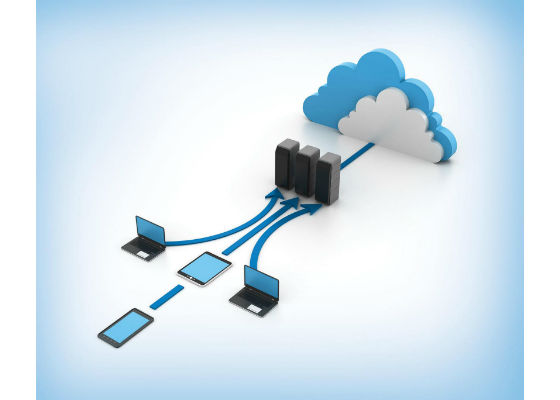Conversations being had between Cloud Service Providers and prospective customers have likewise evolved from archaic and outmoded questions around security to more evolved discussions around leveraging new technologies and demonstrating measurable benefits like elasticity and RoI to users.
In the global context, the rise in Mobile and IoT has given rise to a number of platform-based innovations with Cloud at the centre. Mobile, IoT and Big Data are expected to grow exponentially in the next 20 years, redefining the way we live and interact with our appliances and each other, and they’re going to drive Cloud usage to new heights. IoT is poised to kick off in a big way in 2016—both in enterprises as well as in public services—and that will begin driving exponential growth in the Cloud between now and 2020 (and may continue all the way up to 2050).The very nature of IoT and Big Data means gains for all forms of Cloud – IaaS, PaaS and SaaS.
Purely from anIndian perspective, we’re going to start seeing wider Cloud adoption in segments and verticals that have traditionally been slow on the Cloud uptake – like banking, for example. On a related front, we’re also seeing a trend when more and more organizations across segments are starting to prefer a self-service method of Cloud provisioning, where they have the freedom and flexibility to provision their own infrastructure on-demand and then be billed based on usage at the end of their billing cycle. This gives them tremendous flexibility and cost advantage.
This will intensify competition and will result in the competitive Cloud landscape in India changing significantly. Large global service providers are excited about India as a growth market and are poised to begin their India operations this year. Some of them have already lit the fires, others have announced concrete plans.
With an ever increasing adoption of cloud across all market segments and verticals, it is interesting to know that each have their own reason to go for Cloud — not necessarily common. For example, large Enterprises still see it as an enabler of flexibility, better time to market as well as freeing up resources. SMEs primarily are taking to Cloud because of cost while start-ups want to operate with a lean model.



